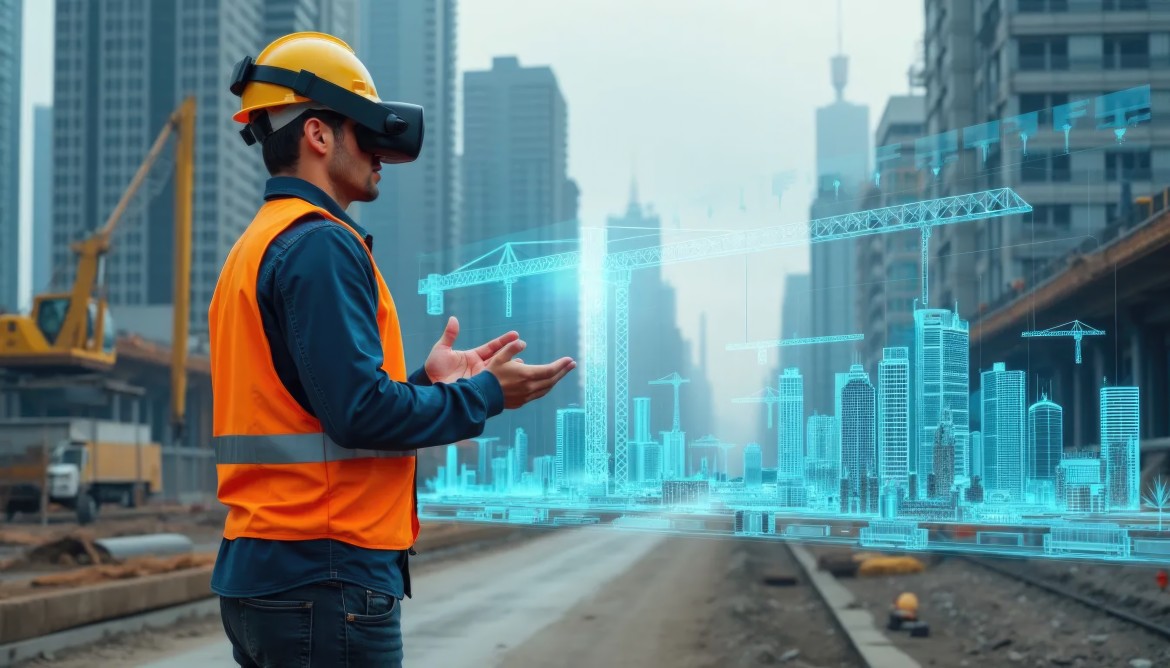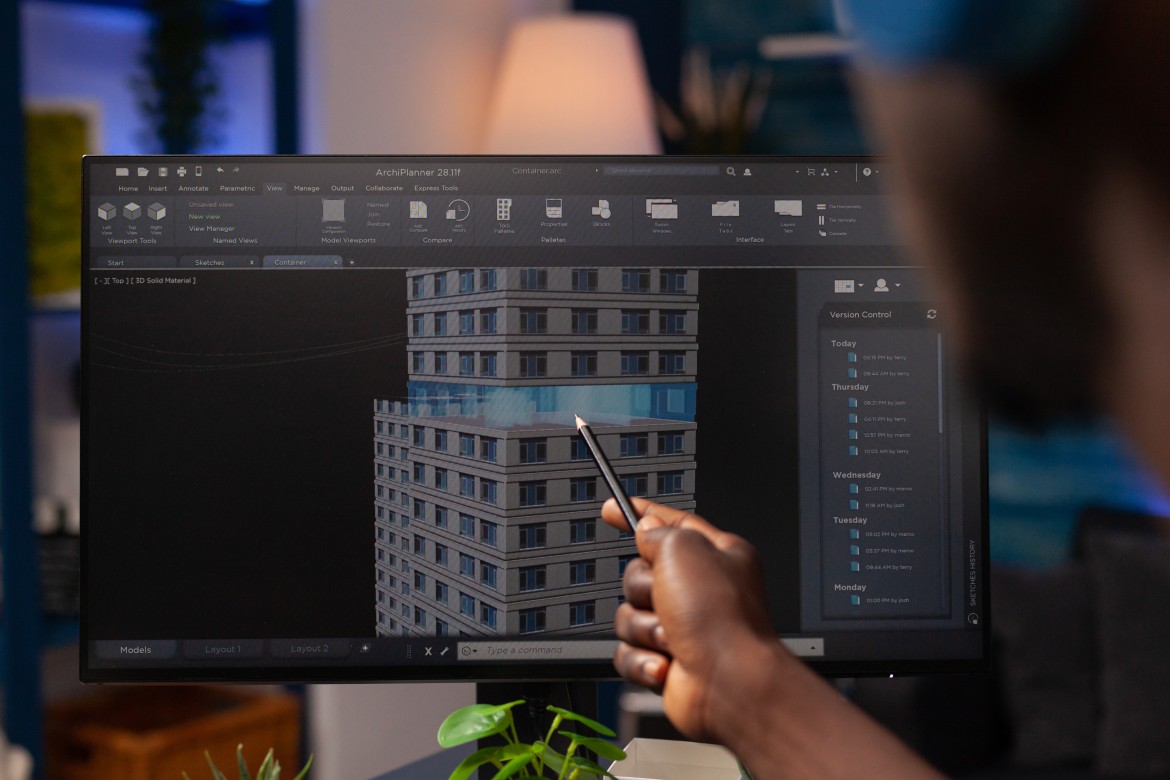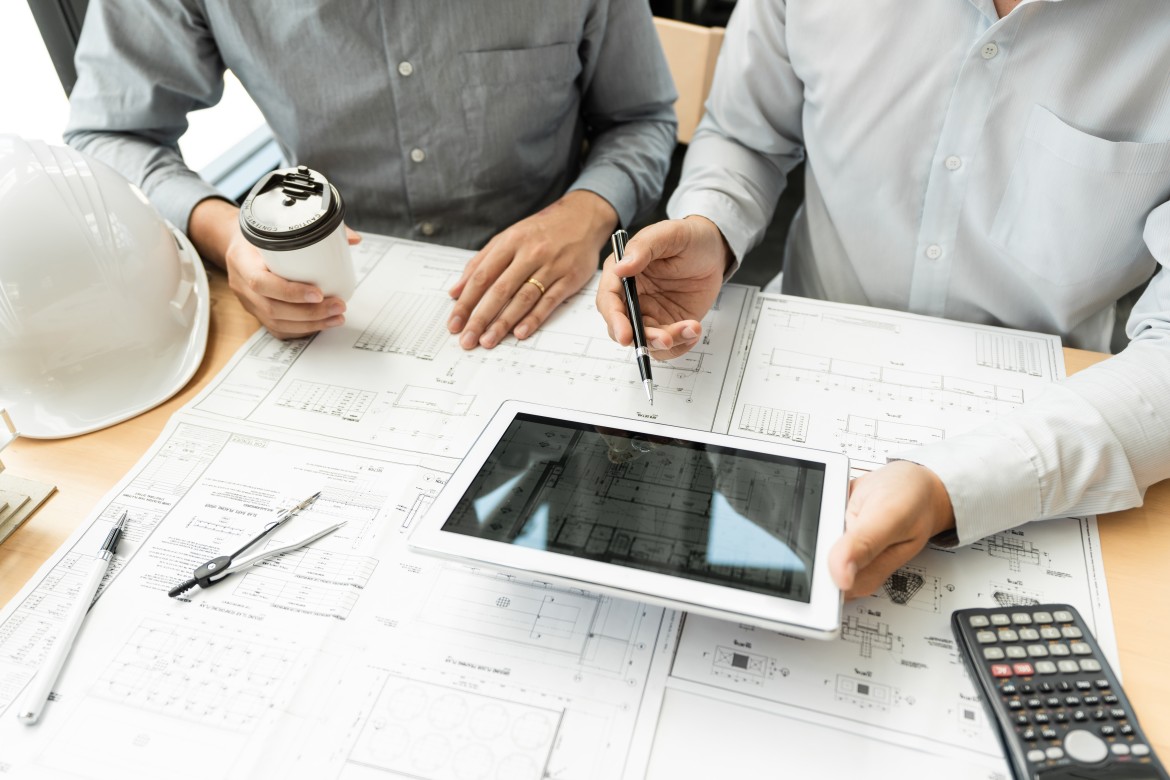October 09.2025

Introduction
The construction industry is evolving rapidly as digital transformation reshapes every phase of a project. What once depended on manual drawings and static schedules is now powered by data-driven intelligence. At the center of this change is 5D BIM in construction, a powerful approach that integrates design, time, and cost into one connected model. Far beyond 3D visualization, 5D BIM empowers teams to achieve accurate cost estimation, smarter project control, and stronger collaboration. As challenges grow and margins tighten, this technology is redefining how projects are planned, executed, and delivered — marking a new era of efficiency and innovation.
5D BIM as a Financial Ecosystem for Construction Cost Control

Building Information Modeling has evolved from a visualization tool into a financial ecosystem that integrates cost, time, and operational data in a single real-time environment. No longer is BIM just about design coordination — it’s about connecting every decision to its financial outcome.
Every model element, from wall systems to window types, can now be linked to live pricing, procurement schedules, and vendor data. This makes BIM a strategic instrument for project control rather than just a design tool.
As market conditions shift — fluctuating steel prices, labor shortages, or changing regulations — a robust 5D BIM platform allows teams to simulate cost implications instantly, maintain alignment with business goals, and enhance cost certainty.
For project owners, this brings unprecedented clarity. Instead of static drawings or spreadsheets, they gain a dynamic, interactive environment where budget forecasting, design review, and cost optimization happen collaboratively in real time.
This synergy between design and finance is transforming how modern construction teams make decisions — enabling faster, smarter, and more resilient cost control.
How 5D BIM in Construction Is Revolutionizing Cost Estimation

Traditional cost estimation has always been reactive — quantity surveyors manually extract data from 2D drawings, input figures into spreadsheets, and revise budgets every time the design changes. This process is slow, fragmented, and prone to human error.
With 5D BIM in construction, every design component carries live financial data. When something changes, cost estimates update instantly. This allows for real-time cost estimation during design development, helping stakeholders understand budget implications early and avoid costly surprises later.
The 5D BIM model becomes a shared financial reference across all teams — owners, architects, and contractors. Everyone works from a single, up-to-date source of truth. The result is greater efficiency, transparency, and precision throughout the project lifecycle.
Making Data-Driven Cost Decisions with 5D BIM in Construction
The impact of 5D BIM extends from concept to completion. During preconstruction, teams can test multiple design options and immediately see how each choice affects the budget. A larger lobby, a new façade material, or higher-grade finishes can all be evaluated both visually and financially — enabling true value engineering without compromising quality.
In construction, 5D BIM cost estimation tools improve procurement and reduce waste. Quantities are extracted directly from the model, minimizing last-minute material changes and helping subcontractors plan more effectively. Because the cost impact of design changes is visible before approval, projects experience fewer change orders and smoother execution.
After handover, 5D BIM continues to provide value by storing historical cost data for future benchmarking and continuous improvement. For firms delivering repeated building types — like schools, hospitals, or housing — this insight leads to smarter planning and long-term savings.
5D BIM for Cost Control in Rapidly Changing Construction Markets

In fast-growing and volatile regions such as Southeast Asia and the Middle East, agility and precision are vital. Projects move quickly, regulations evolve, and material prices fluctuate. Here, 5D BIM for cost control has become a competitive advantage.
By integrating real-time cost estimation within the BIM environment, construction teams can adapt instantly to market changes, bid more accurately, and maintain profitability even under pressure. This makes 5D BIM particularly powerful in design-build and EPC contracts, where budget and schedule risks are high.
As the construction industry accelerates its shift toward integrated digital delivery, Glodon Cubicost stands at the forefront of 5D BIM innovation. By merging design intent with cost intelligence, it enables precise cost management, stronger collaboration, and data-driven decision-making throughout the project lifecycle.
Connect with our team to explore how Glodon Cubicost can help you achieve smarter, more transparent cost control in construction.






